As states and districts work to actualize the promise of high-quality instructional materials for all students, they seek to center multilingual learners within curriculum-based professional learning. Districts want a coherent experience (not an add-on) to show teachers and leaders how high-quality materials can be used to effectively promote language development in the context of grade-level content learning. They are looking for professional learning that supports teachers to affirm and respond to students’ linguistic and cultural diversity.
High-quality professional learning should build up educators’ knowledge and skills to understand the role of multilingualism in content learning, to leverage all students’ cultural and linguistic assets to deepen content learning, and to plan and implement research-based instructional practices that create additional entry points critical for multilingual learners but helpful to all students. (If you’re not sure if your professional learning does this, see these professional learning resources including a self-assessment tool).
That’s easier said than done. While they are improving slowly over time, many instructional materials currently lack the kinds of routines and design features that are so critical to integrate language development with content. Curriculum-based professional learning can only be as good as the materials themselves. In the meantime, professional learning providers will have to fill in the gaps to help teachers:
-
- Implement existing elements of materials that are effective for multilingual learners.
-
- Identify the weaknesses and gaps of the instructional materials to serve multilingual learners.
-
- Enhance and adapt the materials in culturally and linguistically responsive ways to serve the particular assets and needs of their multilingual learners.
In essence, professional learning providers need to focus on developing teachers’ culturally and linguistically responsive curriculum literacy to actualize the promise of high-quality materials for multilingual learners.
One of the most encouraging trends in the professional learning market is the strength-based acknowledgement of the idea that multilingualism is an asset. Professional learning providers are now amplifying this message and incorporating a language-affirming stance in their work. Shifting the culture in school systems by creating an asset-based learning environment and helping educators to understand what equity truly means for multilingual learners in the classroom is an important milestone in the history of public education. We appear to now largely embrace the language of “multilingual learner” and “emergent bilingual,” a far cry from the historically used term of “limited English proficiency.”
Yet, there is significant work to be done. Professional learning providers need to support educators to develop culturally and linguistically affirming practices. They must also help align instruction with practices that make a difference for language and literacy development and consistently support multilingual learners to access grade-level and knowledge-building content at scale.
Professional learning providers can go further in helping educators to:
-
- Plan for a future where high-quality dual language programs for multilingual learners are the norm, not an exception.
-
- Unpack the language demands inherent in grade-level content.
-
- Vet the quality of materials for multilingual learners against a standard that truly reflects equitable curriculum and instruction. (If you’re not clear what that means, see these resources.)
-
- Distinguish between poor-quality versus high-impact aspects of instructional materials for multilingual learners that make a difference for student learning. (Not all “English learner supports” are created equal.)
-
- Understand effective and ineffective ways of incorporating home language in classrooms where the language of instruction is English.
-
- Assess progress on language development simultaneously with content learning.
To do this, professional learning providers are starting to develop their staff capacity and expertise in serving multilingual learners so that they do not need to rely on a handful of specialists. Professional learning providers are increasingly holding their staff accountable for addressing the assets and needs of multilingual learners in their work. As general education and content professionals take up shared accountability and collective responsibility for multilingual learners in their leadership, our school systems will be better set up than ever before to embrace, welcome, and celebrate the multicultural, 5 million+* strong generation of brilliant minds who are multilingual learners.
*There are approximately 5 million students who are designated as English learners in the United States.





